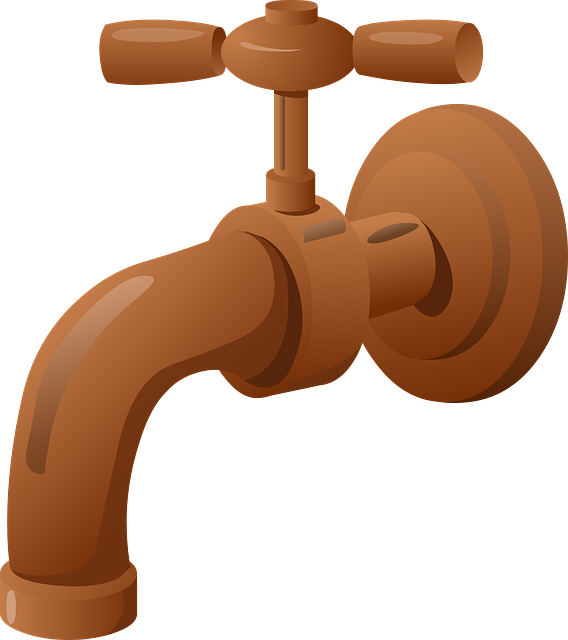When undertaking DIY pipe insulation projects, homeowners have several options, including foam and rubber (like EPDM). Foam offers superior thermal resistance and ease of cutting, while rubber is durable, flexible, and resistant to extreme temperatures, UV rays, chemical corrosion, and moisture. Choosing the right materials ensures efficient outdoor plumbing systems that last in diverse weather conditions. This guide provides a step-by-step process for installing DIY pipe insulation, focusing on precise measurements, cleaning pipes, wrapping with continuous insulation, and using adhesive tape for larger pipes to prevent temperature fluctuations and damage.
Looking to insulate your outdoor plumbing on a budget? DIY pipe insulation is a practical and cost-effective solution. This comprehensive guide explores effective methods for tackling this project, focusing on materials and techniques that ensure optimal performance. From understanding various insulation types to choosing the right materials and following detailed installation steps, you’ll find everything needed to successfully insulate pipes and prevent freezing damage in cold weather.
- Understanding Your Options for DIY Pipe Insulation
- Choosing the Right Materials for Optimal Performance
- Step-by-Step Guide to Effectively Install Your DIY Pipe Insulation
Understanding Your Options for DIY Pipe Insulation

When considering DIY pipe insulation, homeowners have a range of options available, each with its own set of benefits and drawbacks. The most common materials include foam, rubber, and fiber glass, each designed to suit different applications. Foam insulation, for instance, is lightweight and easy to cut to size, making it ideal for quick installation. It also offers excellent thermal resistance, helping to maintain water temperature in both cold and hot climates.
Rubber pipe insulation, such as that made from EPDM (ethylene propylene diene monomer), is known for its durability and flexibility. This type of insulation can withstand extreme temperatures, making it suitable for a wide range of outdoor plumbing uses. Rubber also offers good resistance to UV rays, chemical corrosion, and moisture, ensuring longevity even in challenging conditions.
Choosing the Right Materials for Optimal Performance

When it comes to DIY pipe insulation, selecting the right materials is paramount for achieving optimal performance and maintaining efficient plumbing systems outdoors. The primary goal is to prevent pipes from freezing during cold weather and protect them from extreme temperatures. Look for insulation made from materials like fiberglass or foam, which offer excellent temperature resistance and are widely available in various thicknesses and sizes. Fiberglass insulation, for instance, is lightweight yet robust, making it easy to work with and ideal for both residential and commercial projects. Foam insulation, on the other hand, provides superior thermal resistance, ensuring pipes stay at a consistent temperature even under harsh conditions.
Additionally, consider factors like moisture resistance, as outdoor plumbing systems are often exposed to humidity and rain. Waterproof insulation materials such as some types of foam or specialized vinyl coverings can protect against water intrusion, preventing potential damage to the pipes themselves. By choosing materials that align with these requirements, DIY enthusiasts can effectively insulate their outdoor plumbing, ensuring efficient performance and longevity in various weather conditions.
Step-by-Step Guide to Effectively Install Your DIY Pipe Insulation

Step-by-Step Guide to Effectively Install Your DIY Pipe Insulation
1. Measure and Cut Insulation Material: Start by measuring the length of pipes that need insulation. Purchase an appropriate length of pipe insulation, typically made from fiber glass or foam. Use a sharp utility knife to cut the insulation to fit precisely around your pipes. Ensure a snug fit for optimal protection.
2. Prepare Pipes and Apply Insulation: Clean the pipes to remove any debris or rust. If using foam insulation, apply a primer to ensure better adhesion. Wrap the insulation around the pipe, starting at one end and working your way along. For larger pipes, consider cutting multiple pieces and joining them with the help of adhesive tape designed for this purpose. Make sure there are no gaps, as these can lead to temperature fluctuations and potential damage to pipes.
DIY pipe insulation is a cost-effective and efficient solution for protecting outdoor plumbing. By understanding your options, selecting the right materials, and following a simple installation guide, you can significantly improve the performance and longevity of your plumbing system. With just a few basic tools and materials, you’ll be able to tackle this project with confidence, ensuring your pipes remain protected from extreme temperatures and other environmental factors.
